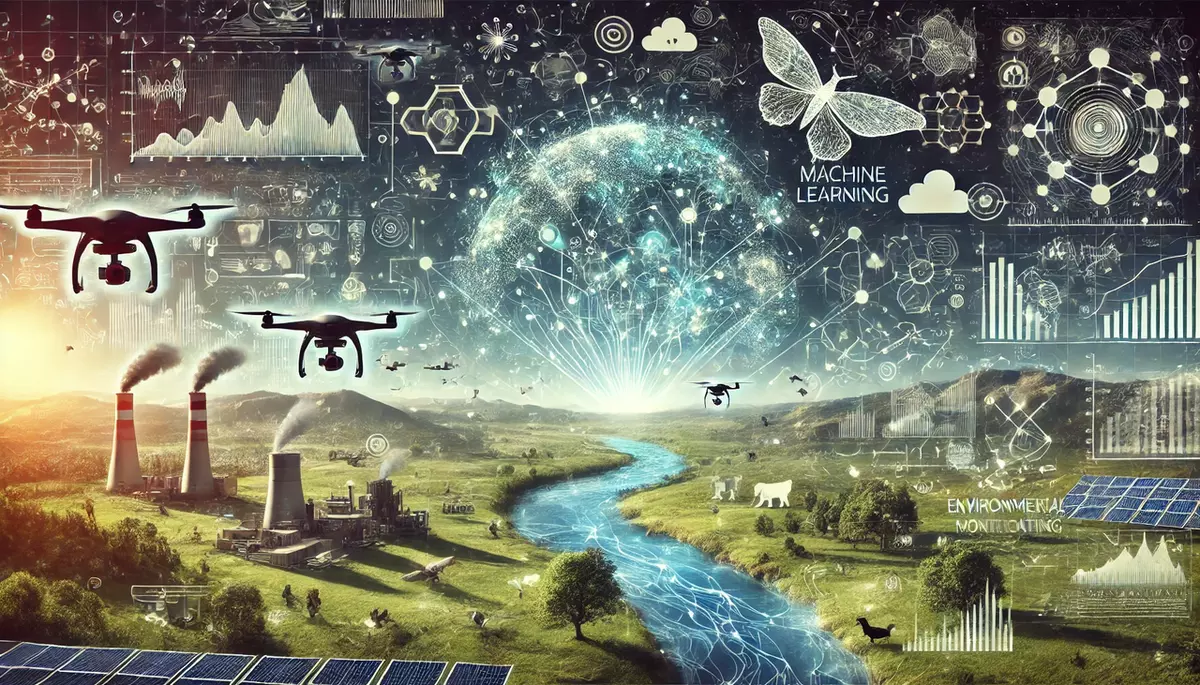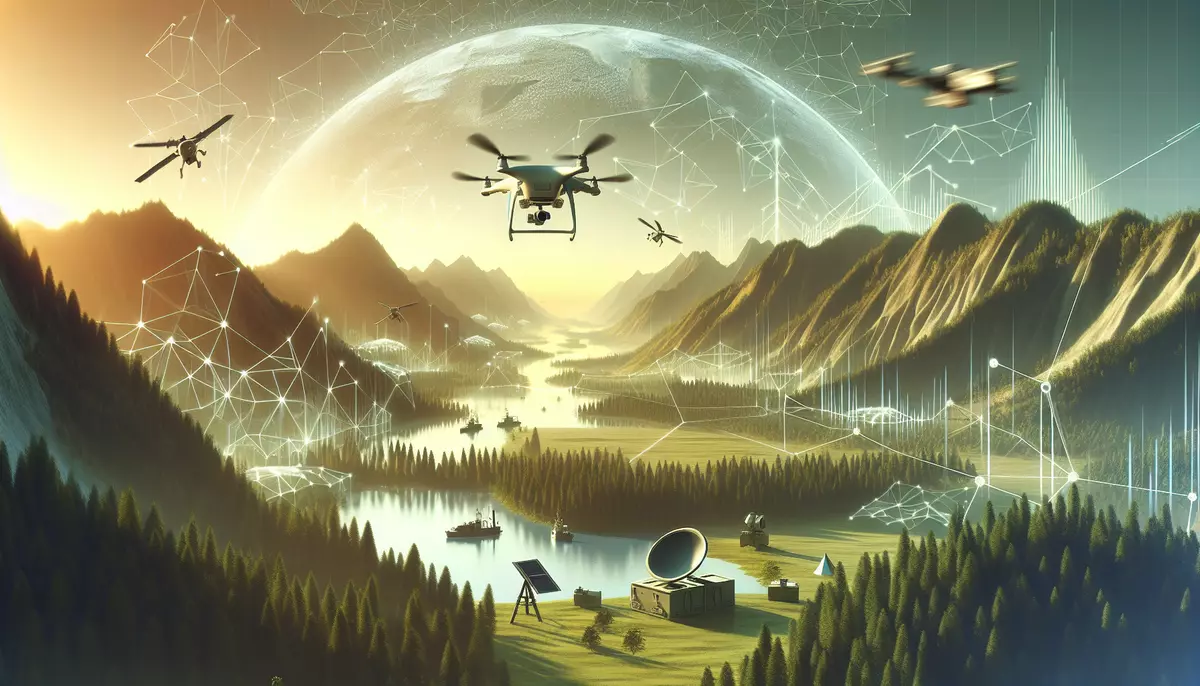Introduction
Time series analysis is a statistical methodology used to study and model data that is collected over time. It is a powerful tool for understanding patterns, trends, and relationships in temporal data, and has applications in a wide range of fields, including finance, economics, engineering, and the natural sciences.
What is Time Series Analysis?
Time series analysis refers to the process of analyzing and modeling data that is collected sequentially over time. This data can be in the form of daily, weekly, monthly, or yearly observations, and can be used to identify and understand the underlying patterns, trends, and relationships within the data.
Key Characteristics of Time Series Analysis:
- Temporal Dependence: Time series data exhibits a dependence on previous observations, where the current value is influenced by past values.
- Trend and Seasonality: Time series data often exhibits long-term trends and seasonal patterns that can be identified and modeled.
- Forecasting: Time series analysis is commonly used to make predictions about future values based on past and current data.
Techniques in Time Series Analysis
Time series analysis involves the use of various techniques to identify and model the patterns and relationships within the data. Some of the most commonly used techniques include:
Univariate Time Series Models:
- Autoregressive (AR) Models: Models that use past values of the time series to predict future values.
- Moving Average (MA) Models: Models that use past errors to predict future values.
- Autoregressive Integrated Moving Average (ARIMA) Models: A combination of AR and MA models that can handle non-stationary time series data.
Multivariate Time Series Models:
- Vector Autoregressive (VAR) Models: Models that capture the interdependencies between multiple time series.
- Vector Error Correction (VEC) Models: Models that handle cointegrated time series data.
Spectral Analysis:
- Fourier Analysis: Decomposing a time series into its underlying periodic components.
- Wavelet Analysis: Analyzing the time-frequency characteristics of a time series.
Applications of Time Series Analysis
Time series analysis has a wide range of applications in various fields:
Finance and Economics:
- Stock Price Forecasting: Predicting future stock prices based on historical data.
- Macroeconomic Modeling: Analyzing and forecasting economic indicators such as GDP, inflation, and unemployment.
Engineering and Science:
- Process Control: Monitoring and controlling industrial processes using time series data.
- Environmental Monitoring: Analyzing and forecasting environmental variables such as temperature, precipitation, and air quality.
Healthcare:
- Disease Surveillance: Tracking and predicting the spread of infectious diseases.
- Patient Monitoring: Analyzing and interpreting time series data from medical devices and sensors.
Challenges and Limitations
While time series analysis is a powerful tool, it also has some challenges and limitations:
- Non-stationarity: Many time series exhibit non-stationary behavior, which can complicate the modeling process.
- Outliers and Structural Breaks: Unexpected events or changes in the underlying data can disrupt the patterns and relationships in the time series.
- Data Quality: The accuracy and completeness of the time series data can significantly impact the reliability of the analysis and forecasts.
Best Practices for Time Series Analysis
To effectively use time series analysis, it is important to follow these best practices:
- Understand the Data: Thoroughly examine the time series data to identify patterns, trends, and potential issues.
- Select Appropriate Models: Choose the most suitable time series models based on the characteristics of the data and the specific objectives of the analysis.
- Validate and Evaluate Models: Assess the accuracy and reliability of the models through techniques such as cross-validation and out-of-sample testing.
- Communicate Findings: Present the results of the time series analysis in a clear and concise manner, highlighting the key insights and implications.
Future Directions in Time Series Analysis
The field of time series analysis is continuously evolving, with several exciting developments on the horizon:
- Big Data and Machine Learning: The increasing availability of large, complex time series datasets is driving the development of advanced machine learning techniques for time series analysis and forecasting.
- Multivariate and Interdependent Time Series: Researchers are exploring more sophisticated models that can capture the complex relationships and interdependencies between multiple time series.
- Real-time and Streaming Data Analysis: As data becomes available in real-time, there is a growing need for time series analysis methods that can handle streaming data and provide rapid insights.
Conclusion
Time series analysis is a powerful tool for understanding and modeling temporal data. By identifying patterns, trends, and relationships within time series data, researchers and practitioners can gain valuable insights and make more informed decisions. As the field continues to evolve, the applications of time series analysis will only become more widespread and impactful across a wide range of industries and disciplines.
This knowledge base article is provided by Fabled Sky Research, a company dedicated to exploring and disseminating information on cutting-edge technologies. For more information, please visit our website at https://fabledsky.com/.
References
- Box, G. E., Jenkins, G. M., Reinsel, G. C., & Ljung, G. M. (2015). Time series analysis: forecasting and control. John Wiley & Sons.
- Brockwell, P. J., & Davis, R. A. (2016). Introduction to time series and forecasting. Springer.
- Hamilton, J. D. (1994). Time series analysis. Princeton university press.
- Shumway, R. H., & Stoffer, D. S. (2017). Time series analysis and its applications: with R examples. Springer.
- Tsay, R. S. (2010). Analysis of financial time series. John Wiley & Sons.


























